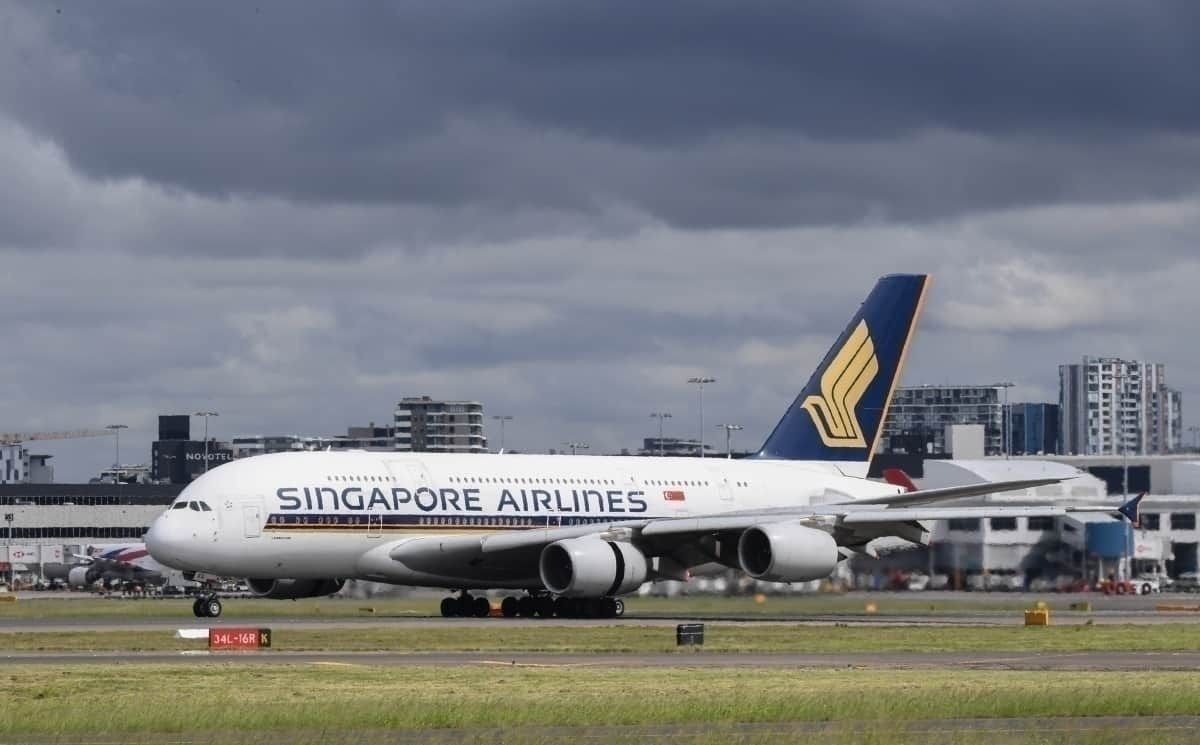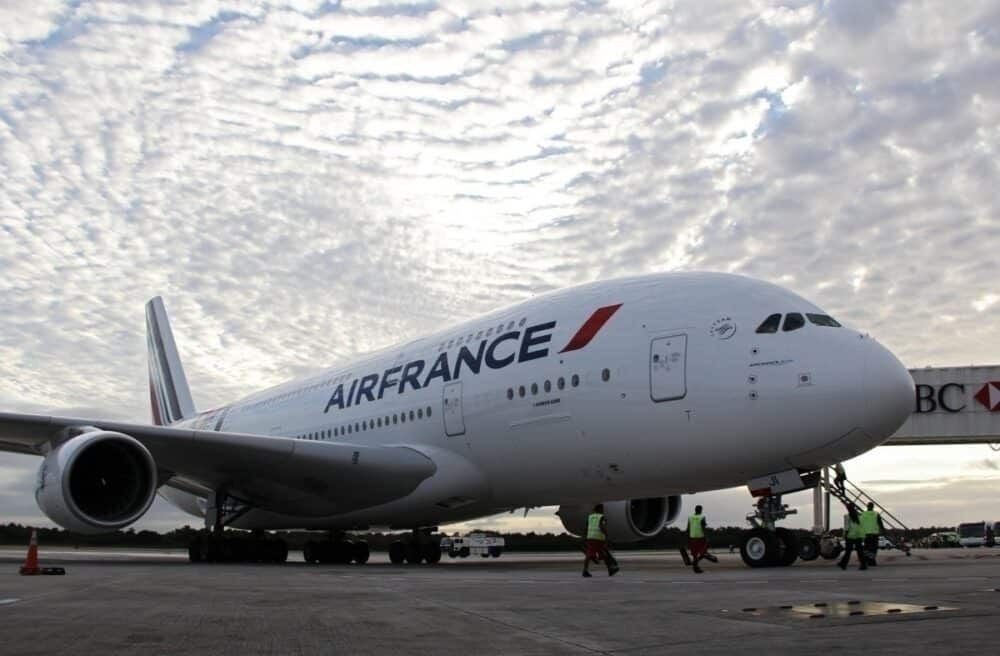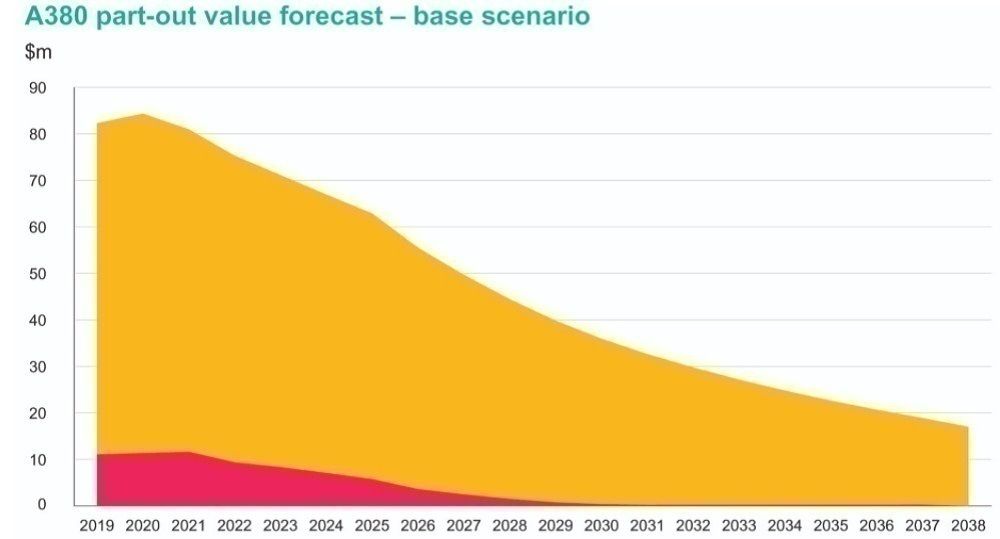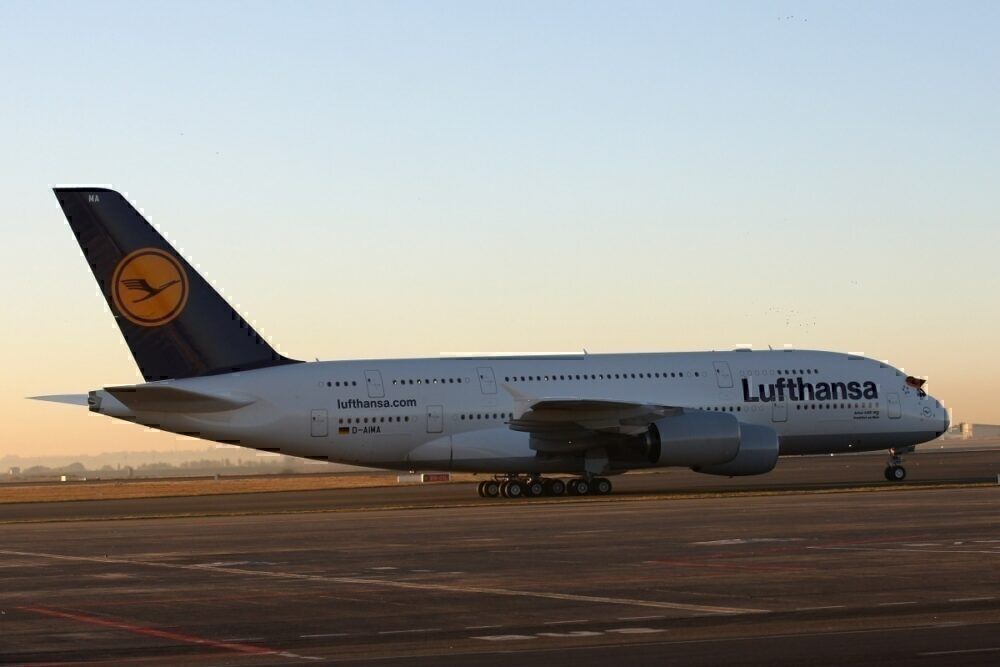In terms of its sheer size, the Airbus A380 'superjumbo' is a passenger airliner like no other. However, and most crucially for Airbus, the type did not prove to be a commercial success. It is something of a white elephant in the airline industry, and its production was officially canceled last year, barely longer than a decade after its first commercial flight. However, what will this mean for the commercial values of the type's existing examples in years to come?
Long-term plans, short-term production
Airbus designed the A380 to be a competitor for the Boeing 747. This was a response to the world having seen the commercial success of the 'Queen of the Skies' since its launch in the mid-1970s. Airbus began laying the foundations of the project in the mid-1980s, some two decades before the A380 took to the skies. It formally announced the project at the 1990 Farnborough Air Show. At the time, the company targeted a 15% lower operating cost than the Boeing 747.
After a first test flight in 2005, Singapore Airlines became the aircraft's commercial launch customer, taking its first A380 delivery in October 2007. However, little over a decade later, the initial optimism surrounding the launch of the superjumbo had disappeared. It had become clear that the A380 was trying to fill a gap in the market that was no longer there. As a result of this, Airbus officially canceled production of the A380 in February 2019. Emirates reducing its order at the time from 53 to just 14 aircraft was another crucial factor in this decision.
Pandemic-induced premature withdrawals
The situation has worsened since then for the Airbus A380. As a result of the reduced passenger demand caused by the ongoing coronavirus pandemic, the type has seen widespread accelerated withdrawals among numerous operators. The most significant of these was Air France, who withdrew all of its examples at the beginning of the crisis. Simple Flying also reported in September that Lufthansa is unlikely to return its A380 fleet to service.
Future airframe values
Aviation data analysis company Cirium recently published its research into the cost of Airbus A380 airframes over the coming decade. As far as the here and now is concerned, there is already a significant price difference between fully operational aircraft based on their age. To this extent, Cirium states that:
"Market Values now range between $77 million for a 2005-build 'half-life' aircraft and $276 million for a new 2019-build aircraft in 'full-life' condition."
However, when one studies Cirium's data concerning different components' values within an individual A380, an even more striking picture emerges. From the pink section of the graph above, we can see that the airframe value of an A380 is already minimal, at around $10 million. This represents just a fraction of the cost of a complete and operational aircraft. By 2030, this figure is set to fall as low as just £1 million.
It is also a stark contrast to the value of an A380's engines. When fully maintained and operational, these are projected to retain their worth for much longer.
Cirium's data and research does not just provide a fascinating insight into the relative values of the different parts of an Airbus A380. It also allows us to compare the differing extents to which an airliner's components retain their value over several years. The findings of its study could suggest that, in years to come, we may just see Airbus A380 engines, with their longer projected value and lifespan, used on other aircraft.
It also remains to be seen what an individual or company would do with an Airbus A380 if they purchased just the airframe. While such a purchase may now seem like a rather arbitrary decision, the price tag of just $1 million might prove to be too tempting for wealthy collectors to refuse.
What are your thoughts? Let us know what you think in the comment section.




